Home>Furniture & Design>Interior Design Trends>Why Did The Gothic Cathedrals Contain Stained-Glass Programs?
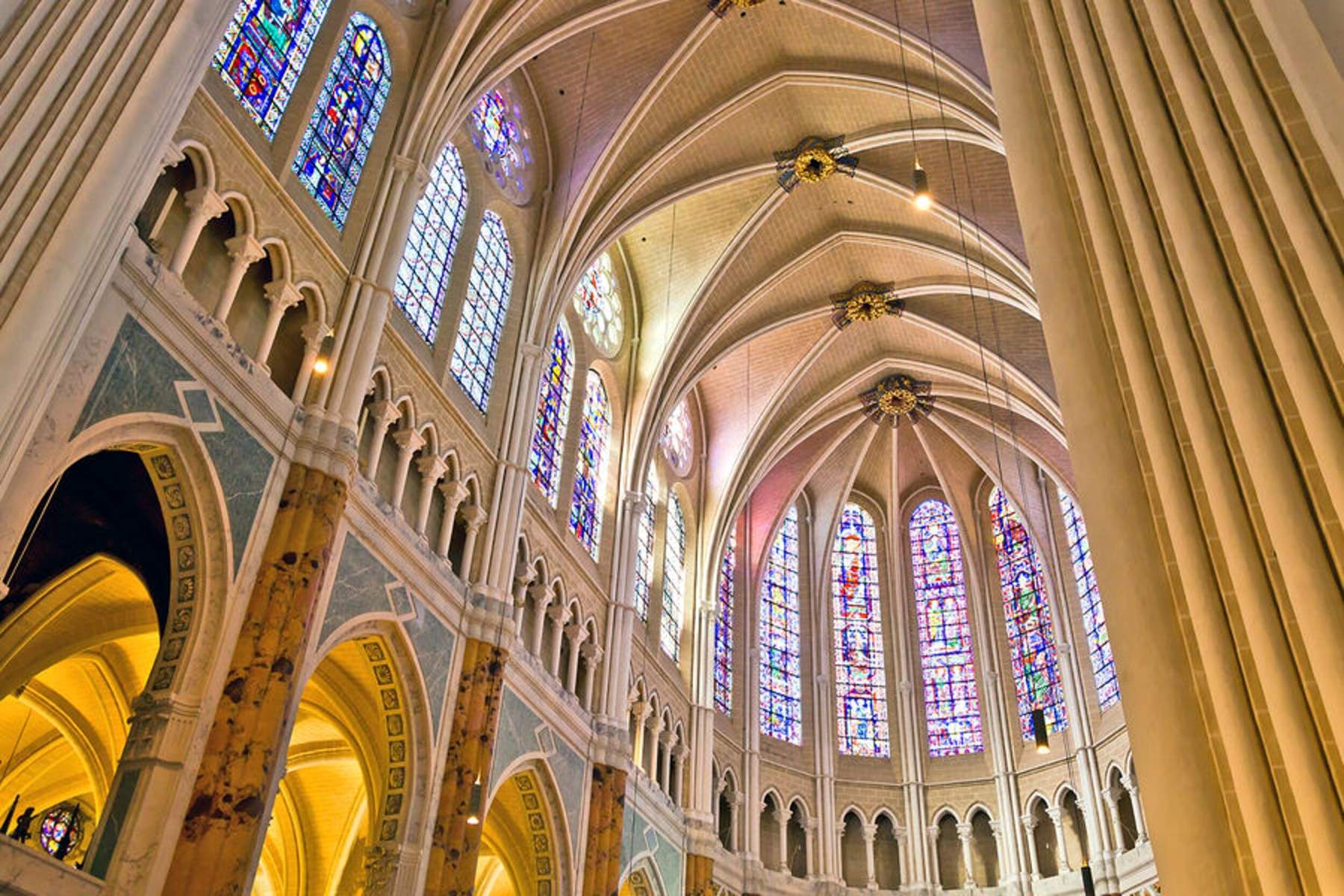

Interior Design Trends
Why Did The Gothic Cathedrals Contain Stained-Glass Programs?
Modified: February 18, 2024
Discover the significance of stained-glass programs in Gothic cathedrals and their impact on interior design trends. Explore the historical and artistic influences behind these iconic architectural features.
(Many of the links in this article redirect to a specific reviewed product. Your purchase of these products through affiliate links helps to generate commission for Storables.com, at no extra cost. Learn more)
Introduction
The grandeur and magnificence of Gothic cathedrals have captivated the imagination of people for centuries. These architectural marvels, characterized by soaring spires, intricate stone carvings, and expansive interiors, are renowned for their awe-inspiring beauty and spiritual significance. Among the many elements that contribute to the ethereal ambiance of these sacred spaces, stained-glass programs hold a prominent and captivating role.
Stained-glass programs, also known as stained-glass windows, are an integral part of the architectural design of Gothic cathedrals. These vibrant and luminous works of art are not merely decorative embellishments but serve a multifaceted purpose that transcends mere aesthetic appeal. As we delve into the intricate world of Gothic architecture, it becomes evident that the inclusion of stained-glass programs was a deliberate and meaningful choice, deeply rooted in religious, artistic, educational, and technical considerations.
The allure of stained-glass programs lies in their ability to transform sunlight into a kaleidoscope of colors, casting a celestial glow upon the interior spaces of Gothic cathedrals. This ethereal illumination creates an atmosphere of transcendence, inviting worshippers to immerse themselves in a spiritual journey that transcends the confines of the material world. The interplay of light and color within these sacred spaces evokes a sense of divine presence, elevating the spiritual experience of those who gather within the hallowed halls of the cathedral.
As we embark on a journey to unravel the significance of stained-glass programs in Gothic cathedrals, it is essential to recognize the profound impact of these radiant masterpieces on the human spirit. Beyond their ornamental beauty, stained-glass windows serve as conduits of storytelling, spiritual symbolism, and artistic expression, enriching the architectural tapestry of Gothic cathedrals with layers of meaning and transcendent beauty.
In the following sections, we will explore the multifaceted significance of stained-glass programs in Gothic cathedrals, delving into their religious, artistic, educational, and technical dimensions. By unraveling the intricate tapestry of stained-glass windows, we will gain a deeper appreciation for the profound role they play in shaping the spiritual and aesthetic landscape of these timeless architectural wonders.
Key Takeaways:
- Stained-glass windows in Gothic cathedrals serve as vibrant storytellers, conveying religious narratives and spiritual truths through captivating visual imagery, creating an immersive and enlightening experience for worshippers.
- The creation of stained-glass programs required a fusion of artistic vision, technical expertise, and structural ingenuity, resulting in radiant masterpieces that enrich the architectural and spiritual landscape of Gothic cathedrals.
Read more: Why Did Google Glass Fail
The Purpose of Stained-Glass Programs in Gothic Cathedrals
Stained-glass programs in Gothic cathedrals serve a multifaceted purpose that extends far beyond their ornamental function. These radiant works of art are meticulously integrated into the architectural design of the cathedrals, fulfilling a myriad of roles that enrich the spiritual, artistic, and educational dimensions of these sacred spaces.
1. Spiritual Illumination:
At the heart of the purpose of stained-glass programs lies their role in illuminating the sacred interiors of Gothic cathedrals with a celestial radiance. These resplendent windows, infused with a myriad of vibrant hues, transform sunlight into a transcendent symphony of colors, casting a luminous glow that suffuses the sacred spaces with an ethereal ambiance. This radiant illumination serves as a metaphor for divine light, symbolizing the presence of the divine and creating an atmosphere conducive to contemplation, prayer, and spiritual transcendence.
2. Narrative Expression:
Stained-glass programs function as visual narratives, depicting scenes from biblical stories, the lives of saints, and other religious allegories. Through the artistry of stained glass, these narratives come to life, engaging worshippers in a captivating visual journey that unfolds across the expansive windows of the cathedral. The intricate details and vibrant colors of the stained glass imbue these narratives with a sense of vibrancy and immediacy, allowing the stories to resonate deeply with the faithful and imparting moral and spiritual lessons through the power of visual storytelling.
3. Symbolic Representation:
The imagery portrayed in stained-glass windows serves as a symbolic language, conveying profound theological and spiritual truths to the viewers. From the depiction of heavenly hosts and celestial realms to the portrayal of earthly struggles and triumphs, the symbolism embedded within stained-glass programs transcends linguistic barriers, communicating universal truths and evoking a sense of awe and reverence in the hearts of the beholders.
4. Transcendent Beauty:
Beyond their spiritual and narrative functions, stained-glass programs contribute to the transcendent beauty of Gothic cathedrals, elevating the aesthetic experience of worshippers and visitors alike. The interplay of light and color, combined with the intricate patterns and designs of the stained glass, creates a mesmerizing visual spectacle that evokes a sense of wonder and awe. This ethereal beauty serves as a testament to the artistic ingenuity of the craftsmen who meticulously crafted these luminous masterpieces, enriching the architectural tapestry of the cathedrals with a sense of timeless elegance and enchantment.
In essence, the purpose of stained-glass programs in Gothic cathedrals transcends the boundaries of mere decoration, encompassing spiritual, narrative, symbolic, and aesthetic dimensions that converge to create an immersive and transcendent experience for all who behold their radiant splendor.
The Religious Significance of Stained-Glass Programs
The religious significance of stained-glass programs in Gothic cathedrals is deeply intertwined with the spiritual and theological ethos of the Christian faith. These resplendent works of art serve as profound expressions of religious devotion, conveying sacred narratives, theological truths, and spiritual symbolism through the captivating medium of colored light and intricate imagery.
At the heart of the religious significance of stained-glass programs lies their role as visual embodiments of sacred narratives and theological concepts. Through the artistry of stained glass, biblical stories, the lives of saints, and key moments in Christian history are vividly brought to life, engaging worshippers in a visual journey that transcends the confines of written or spoken language. The radiant hues and intricate details of the stained glass windows serve as conduits for the transmission of religious teachings, allowing the faithful to immerse themselves in the timeless stories and profound truths of their faith.
Furthermore, the religious significance of stained-glass programs is underscored by their function as symbolic representations of divine truths and spiritual realities. The imagery depicted in stained glass, ranging from depictions of angels and heavenly realms to scenes of earthly redemption and salvation, serves as a visual language through which profound theological concepts are communicated. The transcendent beauty of stained-glass windows, illuminated by the divine light streaming through them, evokes a sense of awe and reverence, inviting worshippers to contemplate the mysteries of faith and the boundless grace of the divine.
Moreover, the religious significance of stained-glass programs is amplified by their role in creating an atmosphere of spiritual transcendence within the sacred spaces of Gothic cathedrals. The interplay of colored light and shadow, facilitated by the intricate designs of the stained glass, imbues the interiors of the cathedrals with a sense of ethereal beauty and divine radiance. This luminous ambiance serves as a metaphor for the presence of the divine, enveloping worshippers in a sacred atmosphere that fosters contemplation, prayer, and a deep sense of spiritual connection.
In essence, the religious significance of stained-glass programs in Gothic cathedrals extends far beyond their aesthetic appeal, encompassing their role as visual narratives, symbolic representations, and conduits of spiritual illumination. These radiant masterpieces stand as enduring testaments to the profound spiritual and theological heritage of the Christian faith, enriching the sacred spaces of Gothic cathedrals with a transcendent beauty that continues to inspire and uplift the hearts of all who behold them.
The Artistic and Aesthetic Value of Stained-Glass Programs
The artistic and aesthetic value of stained-glass programs in Gothic cathedrals transcends mere visual appeal, encompassing a profound fusion of artistic ingenuity, technical mastery, and transcendent beauty. These resplendent works of art, meticulously crafted by skilled artisans and craftsmen, serve as luminous tapestries that adorn the sacred spaces of the cathedrals with a kaleidoscope of colors and intricate designs.
At the heart of the artistic value of stained-glass programs lies the remarkable skill and artistry involved in their creation. Each stained-glass window is a testament to the meticulous craftsmanship and creative vision of the artisans who painstakingly assembled them, employing techniques such as lead caming, glass cutting, and painting to bring their designs to life. The vibrant hues of the stained glass, ranging from rich cobalt blues to radiant crimson reds, are achieved through the fusion of metallic oxides with molten glass, resulting in a luminous palette that captivates the eye and stirs the soul.
Furthermore, the aesthetic value of stained-glass programs is underscored by their ability to transform sunlight into a transcendent symphony of colors, casting a celestial glow upon the interiors of Gothic cathedrals. The interplay of light and color, facilitated by the intricate patterns and designs of the stained glass, creates a mesmerizing visual spectacle that evokes a sense of wonder and awe. As sunlight filters through the vibrant panes of stained glass, the sacred spaces of the cathedrals are bathed in a luminous ambiance, suffusing the surroundings with an ethereal radiance that transcends the ordinary and transports the beholder to a realm of transcendent beauty.
Moreover, the artistic and aesthetic value of stained-glass programs is heightened by their role as integral components of the architectural design of Gothic cathedrals. These radiant windows, with their intricate tracery and vibrant hues, harmonize with the soaring arches, ribbed vaults, and sculpted reliefs of the cathedrals, creating a unified symphony of form and color that elevates the aesthetic experience of worshippers and visitors alike. The luminous beauty of stained-glass windows, set within the grandeur of Gothic architecture, imparts a sense of timelessness and enchantment, inviting beholders to immerse themselves in a visual feast that transcends the boundaries of ordinary perception.
In essence, the artistic and aesthetic value of stained-glass programs in Gothic cathedrals is a testament to the enduring legacy of artistic mastery and transcendent beauty. These radiant masterpieces, with their vibrant colors, intricate designs, and ethereal illumination, stand as timeless expressions of human creativity and spiritual aspiration, enriching the architectural tapestry of Gothic cathedrals with a sense of timeless elegance and enchantment.
The Educational and Narrative Function of Stained-Glass Programs
The stained-glass programs in Gothic cathedrals serve a dual function as both educational tools and captivating narratives that unfold across the expansive windows of these sacred spaces. Through their intricate designs and vibrant hues, stained-glass windows convey profound stories from religious texts, the lives of saints, and allegorical representations, engaging worshippers in a visual journey that transcends the limitations of written or spoken language.
At the core of the educational function of stained-glass programs lies their role as visual repositories of religious narratives and moral teachings. The scenes depicted in stained glass, meticulously crafted with meticulous attention to detail, serve as vivid illustrations of biblical stories and parables, offering worshippers a compelling visual interpretation of sacred texts. This visual storytelling transcends linguistic barriers, making the timeless lessons and moral truths of the Christian faith accessible to individuals of diverse backgrounds and levels of literacy. As worshippers gaze upon the radiant windows, they are immersed in a captivating visual narrative that imparts moral and spiritual lessons, fostering a deeper understanding of the foundational tenets of their faith.
Furthermore, the narrative function of stained-glass programs extends beyond their role as educational tools, encompassing their capacity to convey compelling stories of faith, sacrifice, and redemption. The vibrant hues and intricate details of the stained glass bring to life the heroic deeds of saints, the miracles of Christ, and the triumph of good over evil, captivating the imagination and stirring the emotions of those who behold them. These visual narratives serve as poignant reminders of the enduring power of faith and the timeless resonance of sacred stories, inspiring worshippers to reflect on the profound themes of love, compassion, and divine grace that permeate the narratives depicted in the stained-glass windows.
In essence, the educational and narrative function of stained-glass programs in Gothic cathedrals transcends mere visual adornment, encompassing their role as conduits of religious education, moral instruction, and captivating storytelling. These radiant masterpieces stand as enduring testaments to the power of visual imagery in conveying profound truths and timeless narratives, enriching the spiritual and intellectual landscape of Gothic cathedrals with a tapestry of visual narratives that continue to inspire and enlighten the hearts of all who behold them.
The Technical and Architectural Considerations of Stained-Glass Programs
The creation and integration of stained-glass programs within the architectural framework of Gothic cathedrals necessitated meticulous attention to technical and architectural considerations, reflecting the intersection of artistic vision, structural engineering, and craftsmanship. From the selection of materials to the integration of stained-glass windows into the soaring edifices of the cathedrals, a myriad of technical and architectural factors shaped the creation and enduring presence of these radiant masterpieces.
1. Structural Integration:
The incorporation of stained-glass windows into the architectural design of Gothic cathedrals required careful consideration of structural integrity. The expansive windows, often soaring to great heights, posed engineering challenges that demanded innovative solutions. The intricate tracery, or stone framework, surrounding the stained glass served not only as a decorative element but also as a structural support, distributing the weight of the windows and reinforcing the soaring walls of the cathedrals. The integration of stained-glass programs into the architectural fabric of the cathedrals exemplifies the harmonious fusion of artistic expression and structural functionality.
2. Artisanal Expertise:
The creation of stained-glass windows demanded exceptional artisanal expertise, encompassing the skills of glassmakers, glaziers, and painters. The process of crafting stained glass involved the fusion of metallic oxides with molten glass to achieve a vibrant palette of colors, followed by the meticulous cutting and assembly of the glass pieces to form intricate designs. The artistry of the painters, who applied details and shading to the glass, further enriched the visual depth and complexity of the windows. The technical mastery and artistic finesse of these craftsmen were instrumental in realizing the luminous beauty of stained-glass programs.
3. Material Selection:
The selection of materials for stained-glass programs was a critical consideration in ensuring the longevity and luminosity of the windows. The use of high-quality glass, characterized by its clarity and brilliance, was essential in achieving the desired luminous effect when illuminated by sunlight. Additionally, the integration of metallic cames, or lead strips, to join the individual glass pieces required precision and durability to withstand the structural demands and environmental factors. The careful selection and meticulous assembly of materials were paramount in realizing the enduring splendor of stained-glass windows.
Read more: Why Did My Glass Candle Explode
4. Luminous Design:
The design of stained-glass programs was informed by the technical considerations of light transmission and visual impact. The arrangement of vibrant hues, the manipulation of light and shadow, and the strategic placement of the windows within the cathedral's architectural layout were all deliberate choices aimed at creating a transcendent visual experience. The interplay of colored light and intricate designs, facilitated by the technical expertise of the artisans, resulted in a luminous spectacle that transformed the sacred spaces of the cathedrals into ethereal realms of transcendent beauty.
In essence, the technical and architectural considerations of stained-glass programs in Gothic cathedrals reflect the seamless integration of artistic vision, structural engineering, and artisanal expertise. These radiant masterpieces stand as enduring testaments to the ingenuity and collaborative effort that shaped the architectural and spiritual landscape of Gothic cathedrals, enriching the sacred spaces with a luminous tapestry of transcendent beauty and timeless elegance.
Frequently Asked Questions about Why Did The Gothic Cathedrals Contain Stained-Glass Programs?
Was this page helpful?
At Storables.com, we guarantee accurate and reliable information. Our content, validated by Expert Board Contributors, is crafted following stringent Editorial Policies. We're committed to providing you with well-researched, expert-backed insights for all your informational needs.


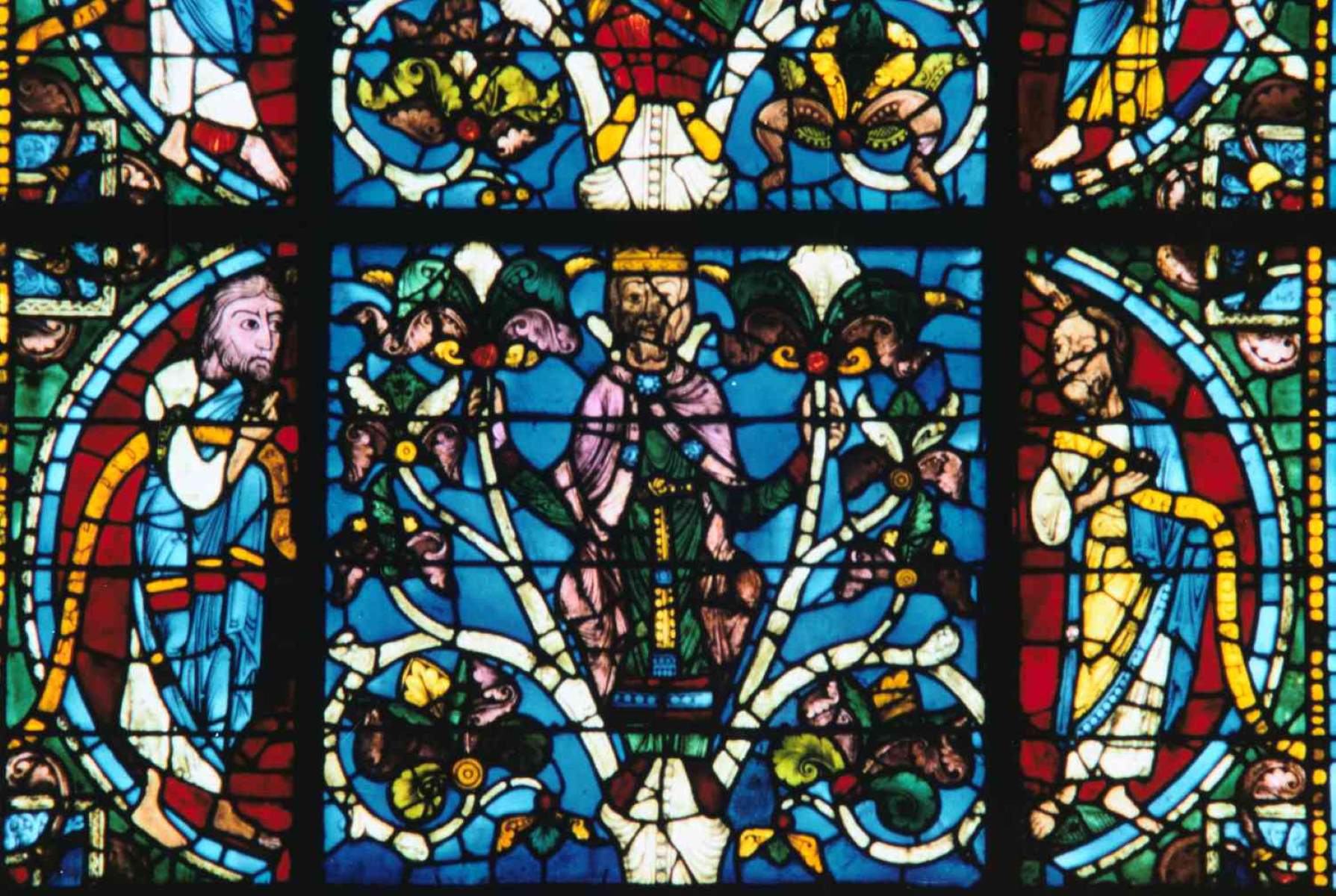
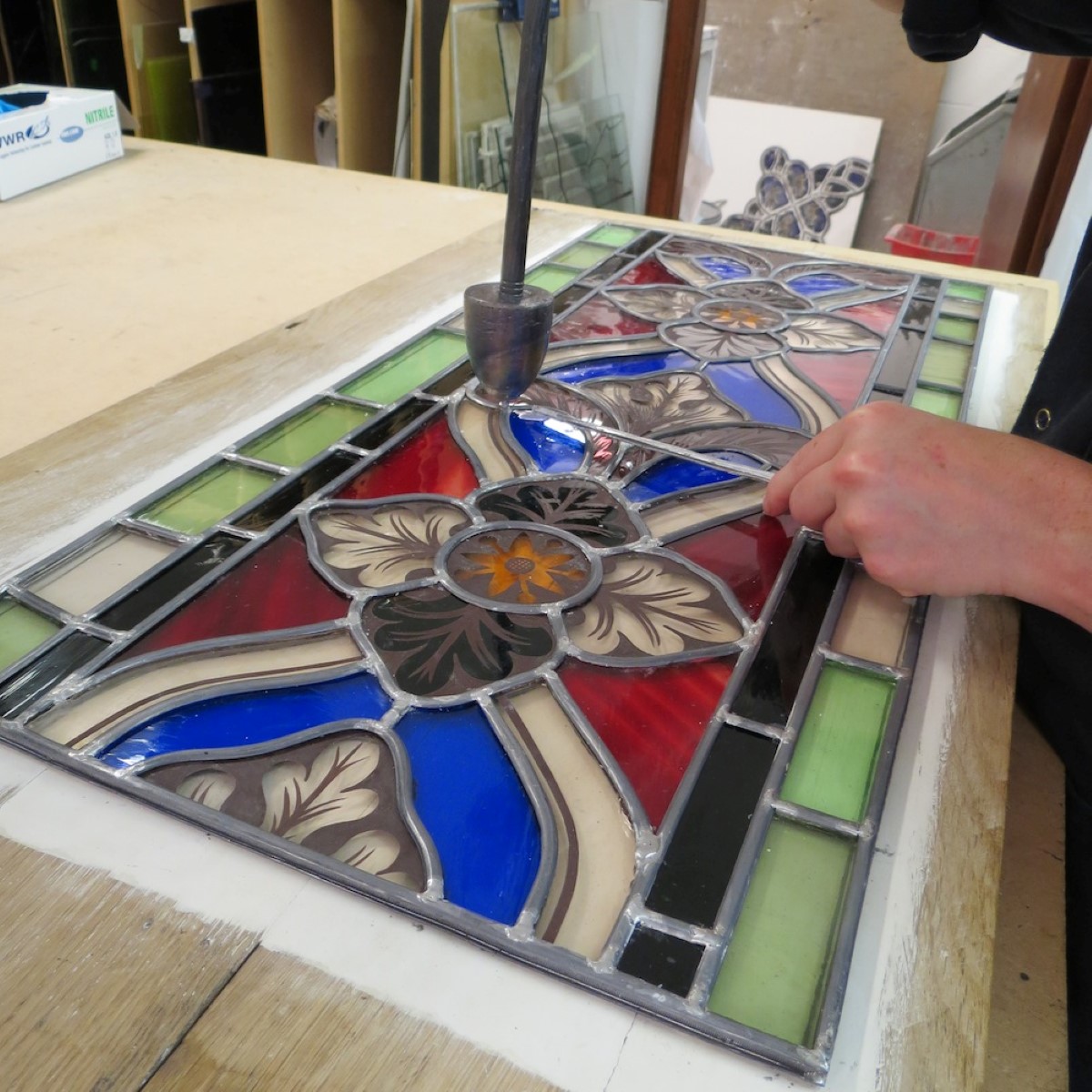




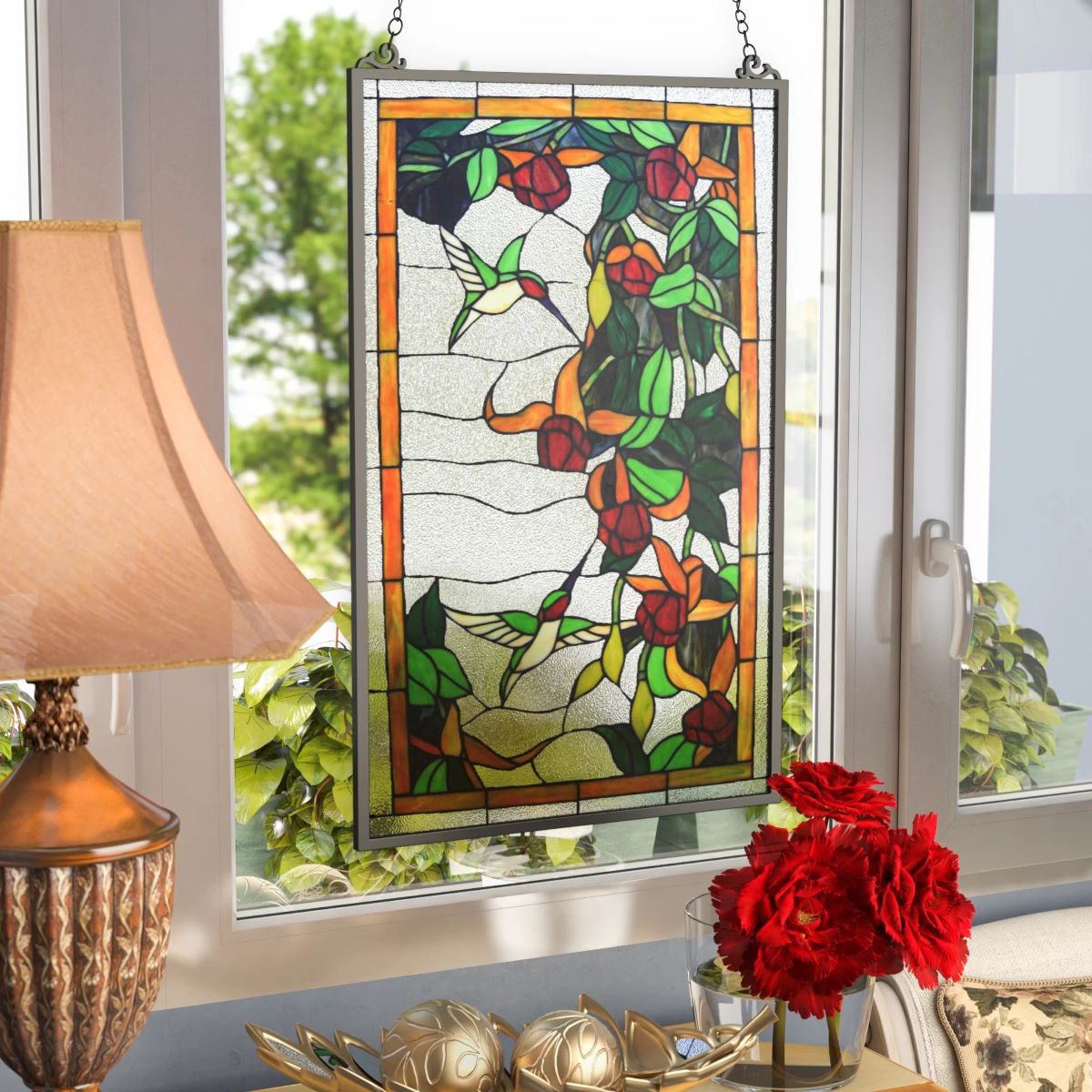
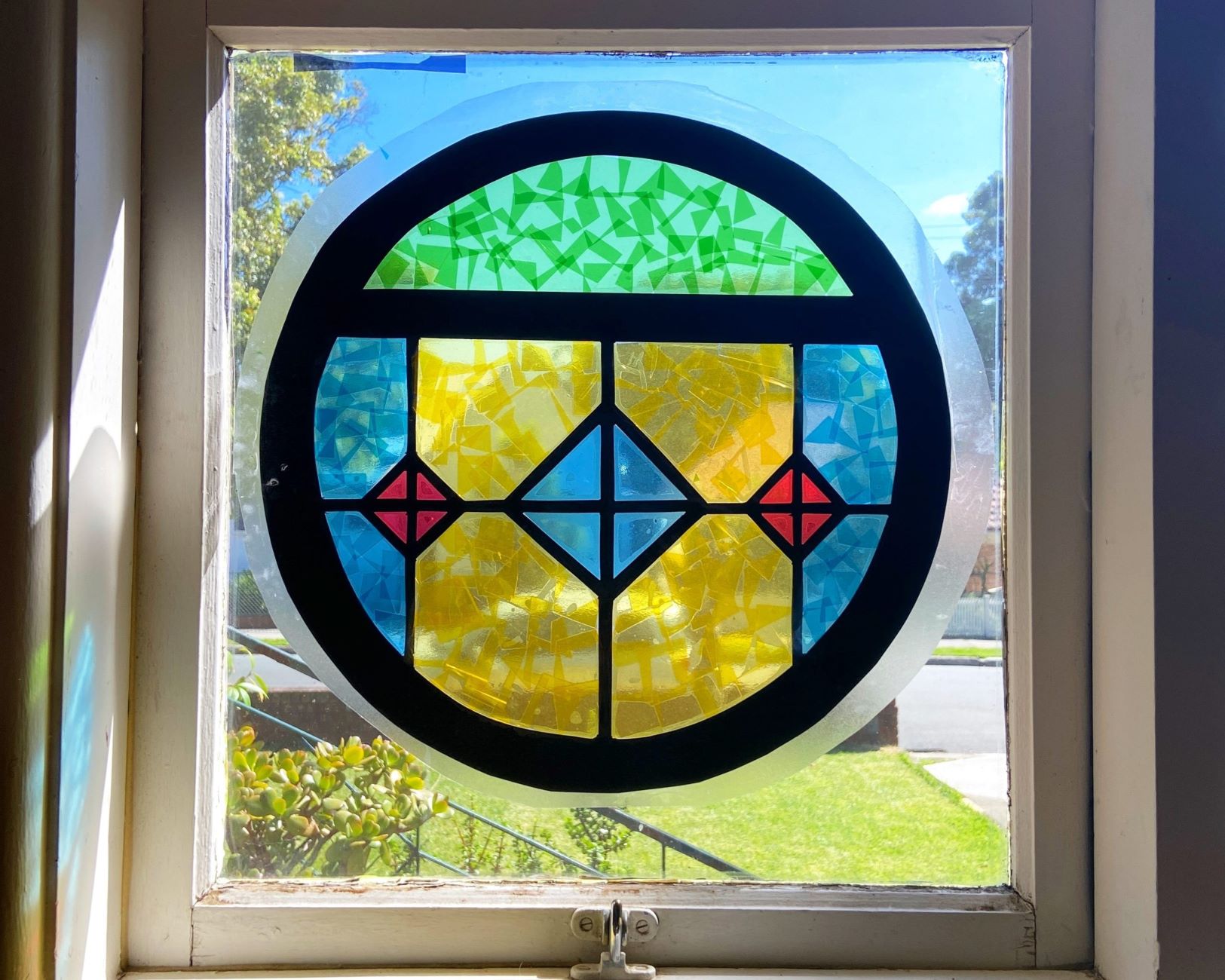



0 thoughts on “Why Did The Gothic Cathedrals Contain Stained-Glass Programs?”